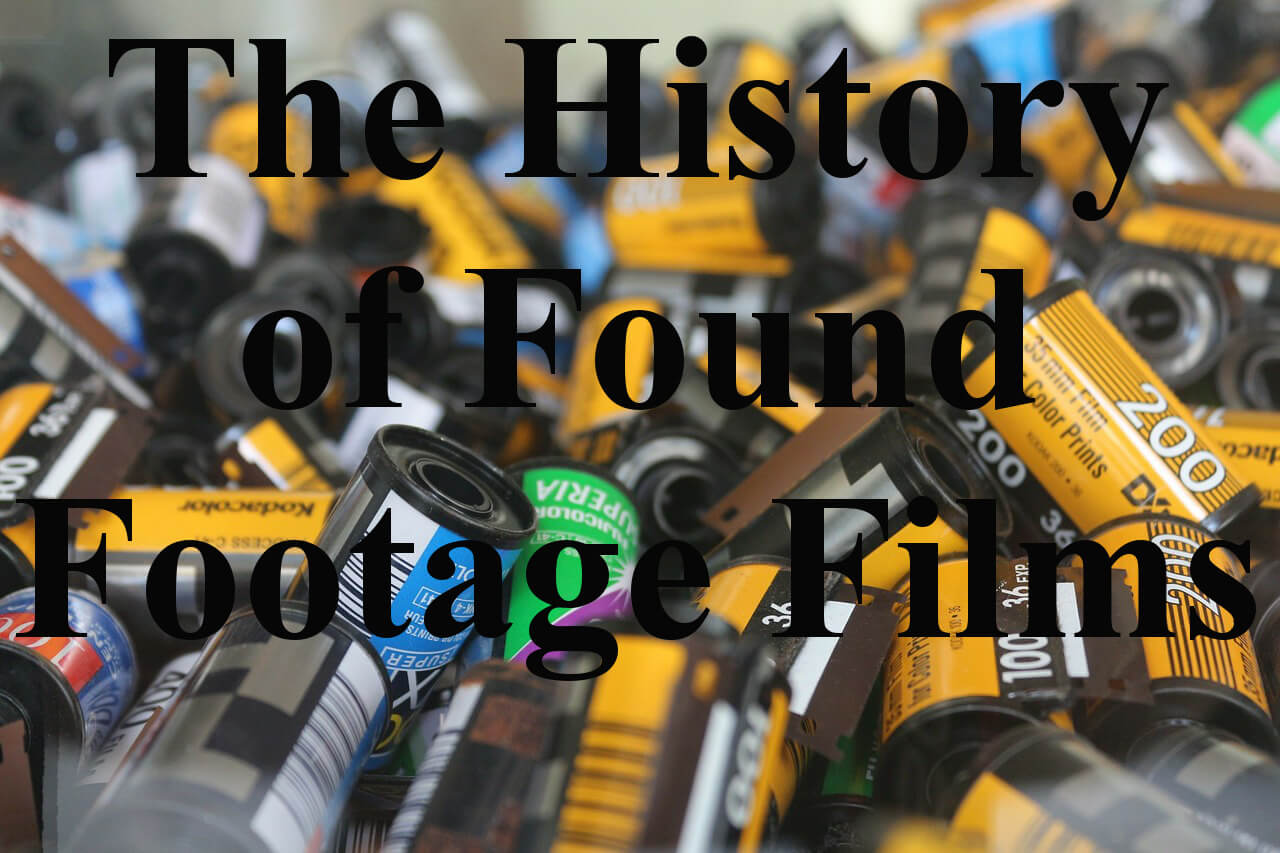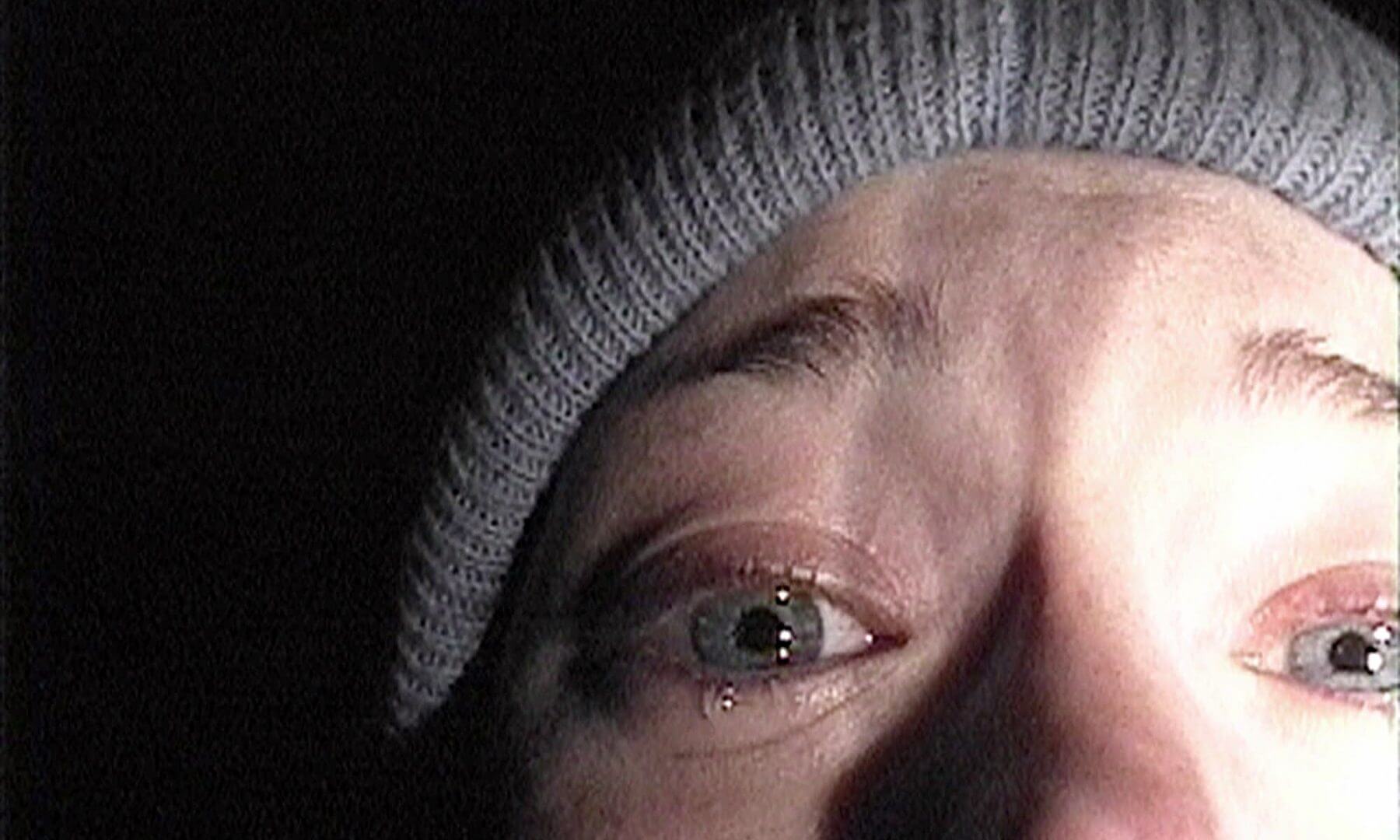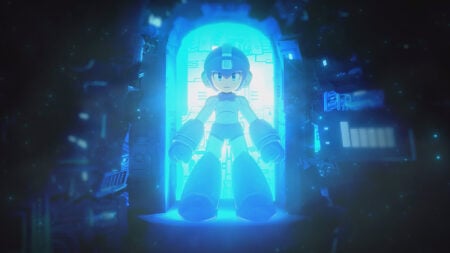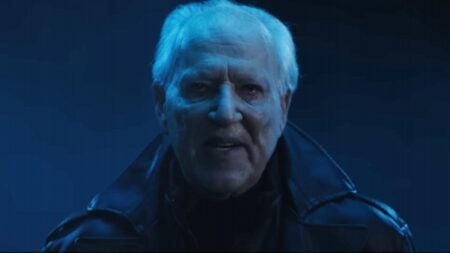Much to my surprise over the past couple of years I have found that I am a pretty big fan of the Found Footage sub-genre of horror films. Called by one of my esteemed colleagues, the Slasher films of the modern day, this subset of horror films have propagated about as rapidly as their 80’s counterparts. Many people have seen at least one Found Footage film, but I would hazard a guess that far fewer folks are aware of where, and when this style of a movie came from.
The first widely known film that could arguably bear the title isn’t the one most people would guess, 1999’s The Blair Witch Project, but the earlier (and significantly more brutal) Cannibal Holocaust. Released in 1980 the films plot is simple. A documentary crew is sent to the Amazon rainforest to document indigenous cannibal tribes. They go missing and a second crew is sent in to retrieve them.
Upon its initial release, the director was arrested for obscenity and charged with creating a snuff film. While this was later dis-proven the movie does have 6 scenes of actual animals being killed, various scenes of graphic sexual violence and or assault, and of course, just regular violence. For all of these reasons the film has at various times been banned or censored. This is one of the reasons that even though Cannibal Holocaust was one of the earliest films that could be classified as Found Footage that is was not until 19 years later, with the advent of The Blair Witch Project that the sub-genre really became well known.
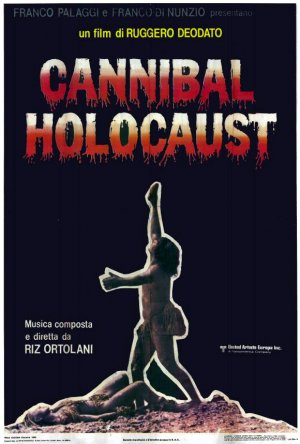
However, the genre has roots much further back into horror fiction. Some of the most popular, highly regarded, and influential horror stories of all time are what are known as Epistolary in nature. This is a technique in which the majority of the story is related through things such as diary entries or letters, so classics such as Dracula, Frankenstein, and The Call of Cthulhu all fall pretty firmly into this category. Viewed through this context, what the Found Footage genre is really doing is updating this technique for the visual medium, and making it applicable to modern times.
Again, many people will site The Blair Witch Project as the film which made the Found Footage genre a mainstay of the public consciousness. In fact, it was shortly after this, in the early 2000’s that the term Found Footage seems to have really begun to take hold. While I was unable to determine the true etymology of the phrase it does seem to have taken hold around then; as evidence I cite the creation of the Found Footage film festival in ’04 (this festival looks at actual Found Footage, however, not the films that use the concept as inspiration).
With the release of the Blair Witch Project, the genre was more or less solidified. However, it was still in its infancy at this point with one or two films of this type being released every year. It wasn’t until eight years later, in 2007, with the release of the series spawning Paranormal Activity that the genre exploded. Since then there has been a constant barrage of new Found Footage films, for better or worse.
Since that time, we’ve gotten many more genre pieces such as REC, Grave Encounters, The Devil Inside, and (my personal favorite) V/H/S. Almost immediately after this explosion we started to see the narrative device of Found Footage begin to appear in other genres as well, with Cloverfield in 2008, Troll Hunter in 2010, and even in 2012’s Chronicle.
Some people wonder whether or not this sub-genre will fade away and become less popular over time until we are back to a single genre film every half a decade. But I don’t think so. Just this year alone there were at least 14 films, which could be described (at least partially) as Found Footage films. Like its Epistolary ancestors, if it is done right, making something Found Footage can make a film that extra bit engaging and relatable that makes the best horror films so memorable.

